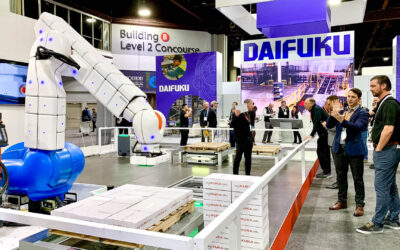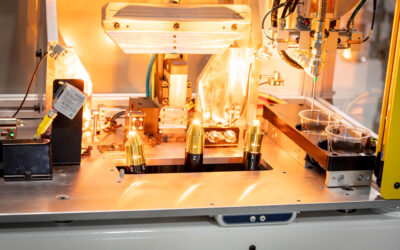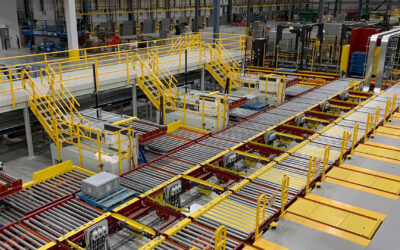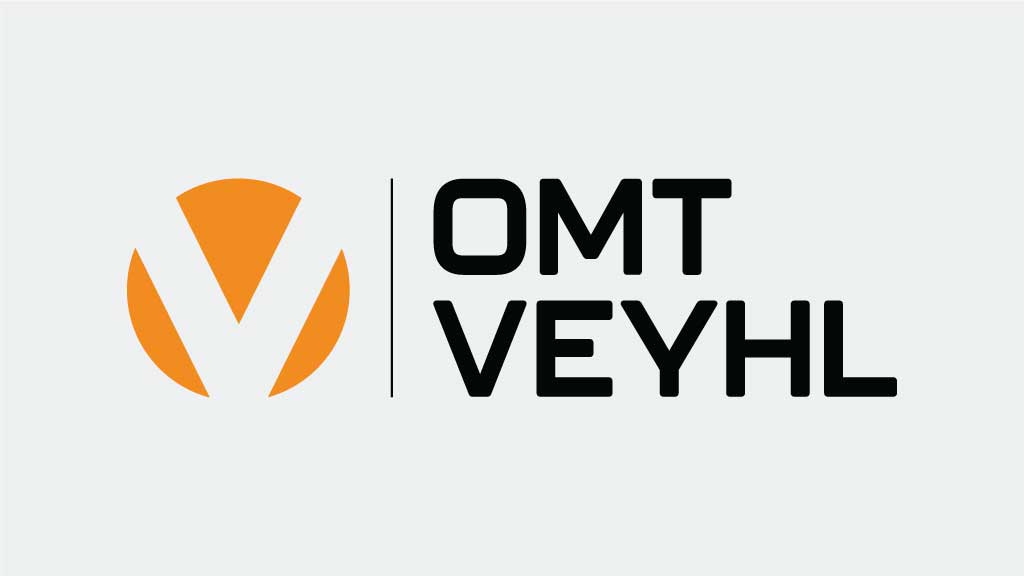
The Challenge
OMT-Veyhl is a manufacturer based out of Holland, MI that designs and manufactures custom office furniture, like desk bases and height-adjustable tables, for OEMs. In the past, they relied upon a predominantly manual production line, but after installing a new paint line in their facility they wanted to take a closer look at the overall efficiency of the line.
The OMT-Veyhl team found that their line was only running at about 6 feet per minute, completing approximately 5,000 product pieces per day. They determined several factors slowing them down – namely inefficiencies stemming from products being loaded, unloaded and transferred between each part of the line. They needed help finding a flow for their production line from welding through assembly.
They found with the proper setup, their line had the potential to run around 16 feet per minute, more than doubling their usual production speed with the manual line. While they could also accomplish this by hiring 30 additional employees, they ultimately decided to save space and long-term labor costs by automating their entire production process from welding through assembly.
The Solution
OMT-Veyhl assembled a team of several companies to work out the logistics of the system’s controls, design engineers, mechanical builders and others to complete the project.
Hyperion Automation was tasked with solving several problems:
- How could they automatically load racks of parts onto the moving overhead chain conveyor without manual assistance?
- How could they ensure that individual parts were painted the proper color every time, reducing paint errors?
- How could they automatically unload the rack from the overhead chain conveyor to head to assembly?
- When the system unloaded the rack, how could they ensure that the individual parts were unloaded from the rack in the correct order and to the correct assembly line?
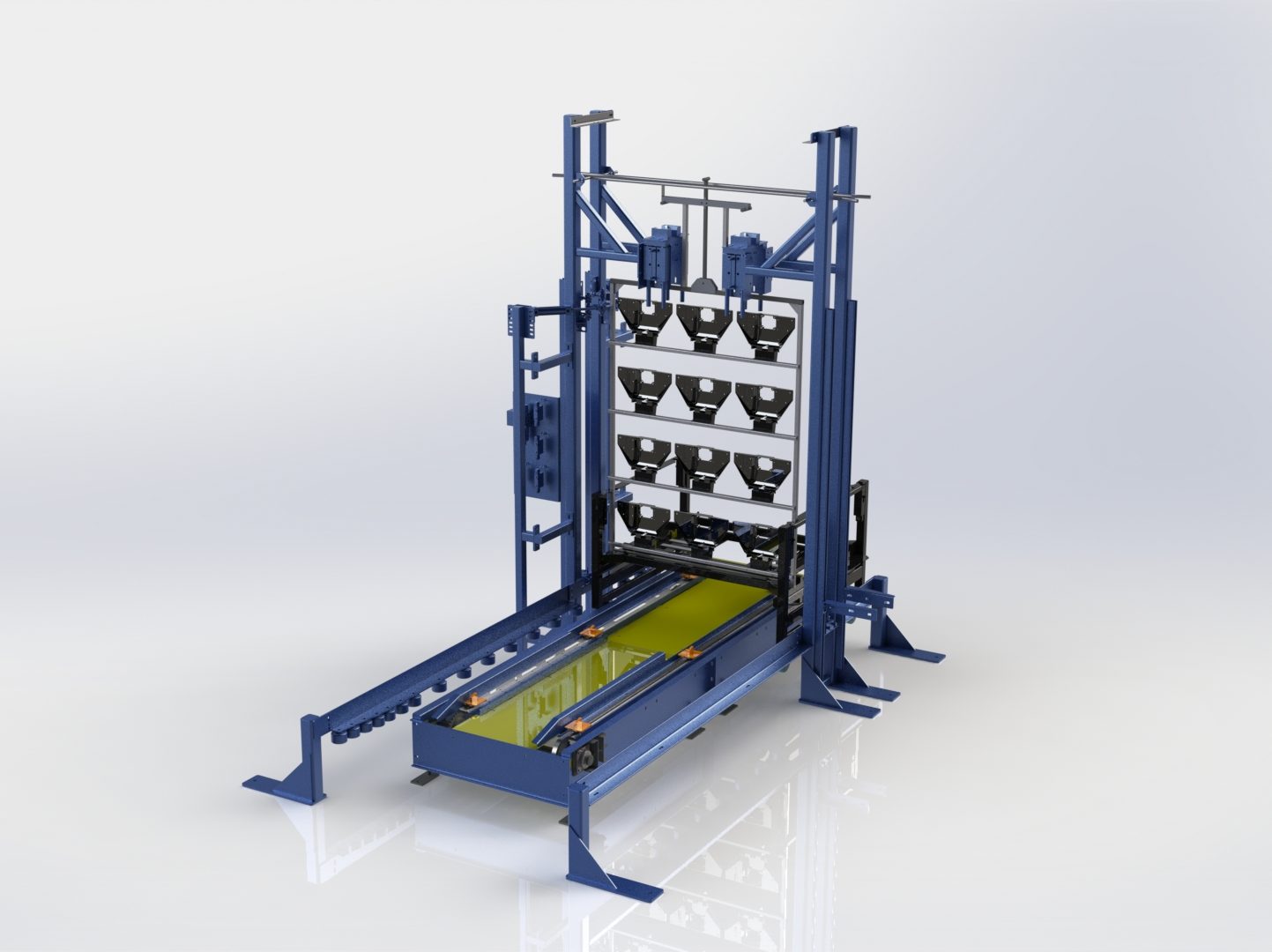
Hyperion provided the necessary automation, actuators to load and unload the racks, barcode scanners, the controls system and overview screen, and integrated communications technology that connects directly to OMT-Vehyl’s ERP system.
Each rack holds several components associated with the same job number. The system automatically loads the rack onto the overhead chain conveyor after it’s been passed along from the welding station, scanning the barcode with the job’s information. The machine uses this data to paint each component the correct color for that job. When color changes are needed within a job, the system automatically accommodates for the color changes in-between jobs, allowing the system time to purge the old color and replace it with the new color.
When the racks reach the end of the quarter-mile-long paint line, the pieces are automatically unloaded in the order that the assembly line needs them, then transferred to the assembly line when the part is actually needed.
The Result
From concept to launch, the project took 6 months from conception to completion. OMT-Veyhl achieved the goal they set, increasing the speed of their line from 6 feet per minute to 16 feet per minute, with additional capacity of 18 feet per minute to accommodate future growth.
The newly-automated system has increased the facility’s throughput by 6 times, taking their production from processing approximately 5,000 pieces per day to up to 36,000 pieces per day, making the system efficient enough to feed multiple assembly lines. Plus, by automating their system, OMT-Veyhl is saving an estimated $1.5 million in labor costs as well as saving a significant amount of floor space in the facility.
By connecting the barcode scanner to the ERP system as part of the loading mechanism, OMT-Veyhl can now track order data accurately throughout the entire line. They experienced a reduction in paint defects from 100 pieces per day to approximately 5 pieces per day. Their team also noted that the consistent throughput improved the overall product workflow, ultimately improving product delivery.
